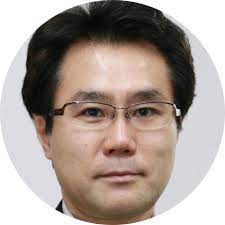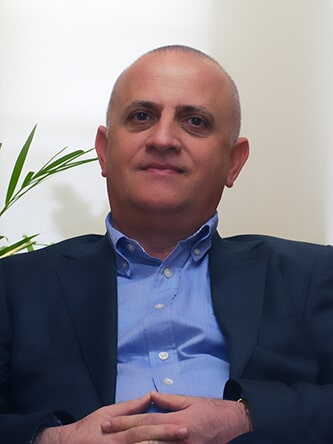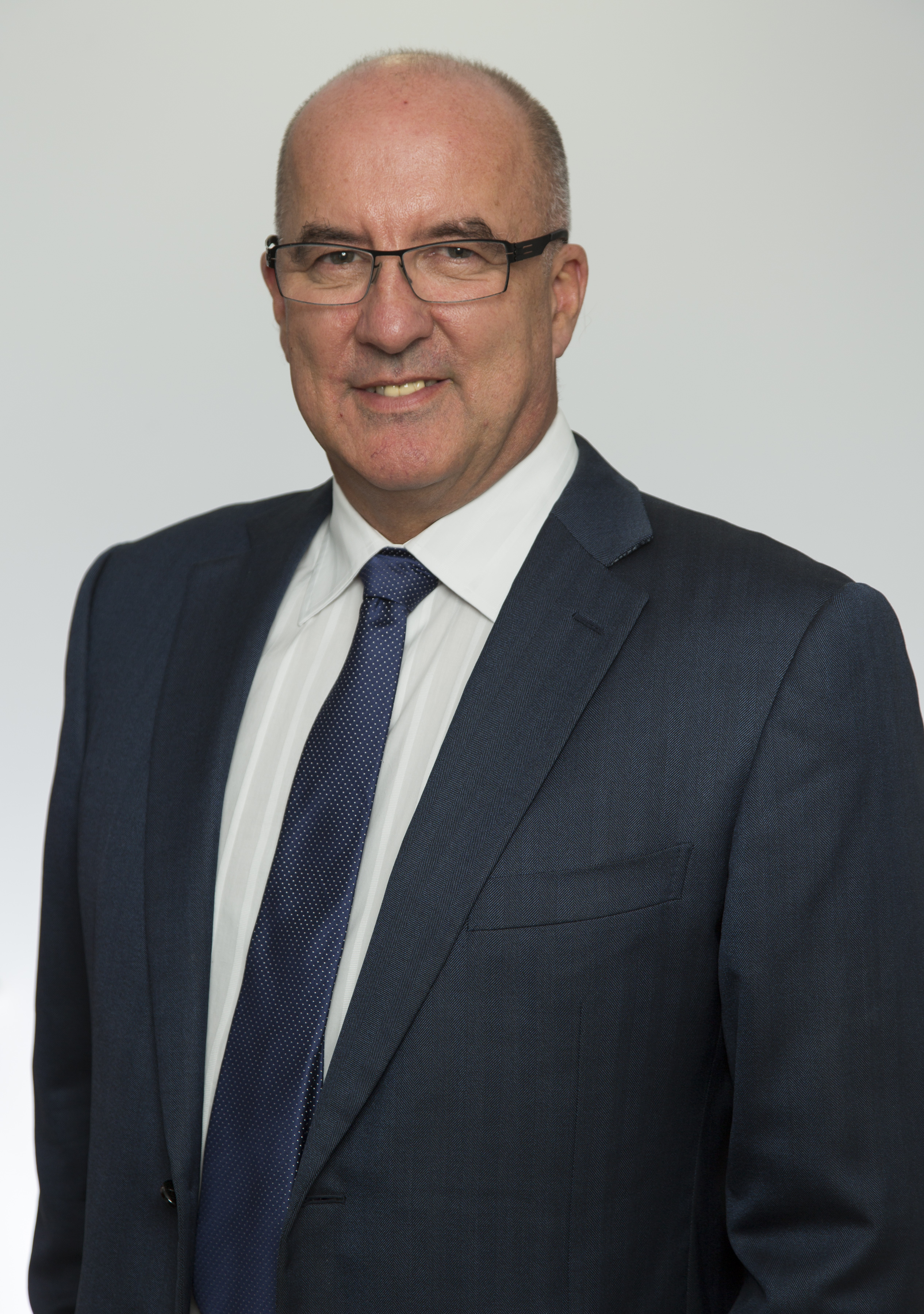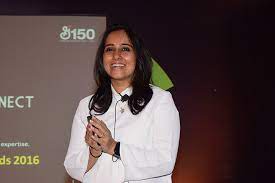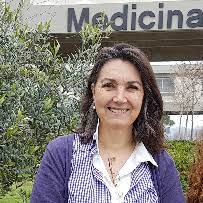Sessions And Tracks
Track 1 : Neurology
Neurology is a medical specialty concerned with the nervous system and its functional or organic disorders. In the early 18th century, first scientific study of nerve function in animals were performed by English physiologist Scottish physiologist Robert Whytt and Stephen Hales. In the late 19th century, knowledge was gained about the causes of aphasia, epilepsy, and motor problems arising from brain damage. French neurologist Jean-Martin Charcot and English neurologist William Gowers classified & described many diseases of the nervous system.
-
Headache medicine
-
Neuromuscular medicine
-
Neurocritical care
-
Neuro-oncology
-
Geriatric neurology
-
Autonomic disorders
Track 2 : Emergence Of Modern Neuroscience
The scientific study of the nervous system increased significantly during the second half of the twentieth century, principally due to advances in molecular biology, electrophysiology, and computational neuroscience. This has allowed neuroscientists to study the nervous system in all its aspects: how it is structured, how it works, how it develops, how it malfunctions, and how it can be changed.Perhaps one of the main unsolved problems in modern neuroscience is the so-called "cell types" problem which refers to the categorization, definition, and identification of all neuronal/astrocytic cell types in an organism.
Track 3 : Robotics In Neurosurgery
Robotics is a fast-moving discipline that is changing neurosurgery in combination with breakthroughs in artificial intelligence and machine learning. Robotic surgery has the potential to eliminate mechanical errors, save operating hours, and give the same or better resective margins than minimal-access surgery. This will result in great surgical outcomes with the fewest possible problems. Because of the physical complexity of the brain and the space limits inherent in neurosurgical procedures, we can observe some encouraging steps in this direction, but there is still a long way to go. The NeuroMate robot was the first FDA-approved robotic equipment intended exclusively for neurosurgery usage. There are various robotic technologies available for spinal surgery that provide tool guiding and implant placement confirmation.ROSA Brain, an advanced surgical tool, is used in robot-assisted neurosurgery to do minimally invasive surgeries in the brain. Robotic operating surgical assistant (ROSA) is an acronym for robotic operating surgical assistant. It combines a robotic arm with the ability to take comprehensive brain images of your child.
Track 4 : Skull Base Surgery
The face and the cranium, which surround the brain, are made up of bones and cartilage that make up the skull. The base of the skull is a busy and convoluted location with numerous openings through which the spinal cord, numerous blood arteries, and nerves all travel. Noncancerous and cancerous growths, as well as anomalies on the underside of the brain, the skull base, or the top few vertebrae of the spinal canal, may be removed by skull base surgery. Skull base surgery is a form of specialty surgery that treats problems at the base of the skull. Reaching these locations without cutting through the skull and retracting the brain is a problem in skull base surgery.
-
Endoscopic Techniques Traditional or open skull base surgery
-
Endoscopic or minimally-invasive skull base surgery
-
Vestibulocochlear nerve disorders
-
Arteriovenous Malformations (AVMs)
-
Craniopharyngiomas .
Track 5 : Neuros critical Care
Neurocritical care is the intensive care management of patients with grave neurological and neurosurgical illnesses like massive stroke, bleeding in or round the brain (subarachnoid hemorrhage, intracerebral hemorrhage, subdural hemorrhage, intraventricular hemorrhage), brain tumors, brain trauma, epilepsy, nerve and muscle diseases (myasthenia gravis, Guillain-Barre Syndrome), spinal cord disorders and therefore the cardiopulmonary complications of brain injury. Neurocritical care provides the interface between the brain and different organ systems in the setting of critical ill health. Patients are taken care of at within single specialized unit. Neurocritical care units focus on managing the unique wants of such critically ill patients.
Track 6 : ME/CFS
Myalgic encephalomyelitis/chronic fatigue syndrome (ME/CFS) is a complex and disabling illness.People with ME/CFS are generally unable to do their usual work/activities. At times, ME/CFS may confine them to bed. People with ME/CFS have overwhelming fatigue which is not improved by rest. ME/CFS may get worse after any activity, whether it’s physical or mental. This symptom is known as post-exertional malaise (PEM). Other symptoms can also include problems with thinking, sleep, concentrating, pain, and dizziness. People with ME/CFS may not look ill However,
People with ME/CFS are not able to function the same way they did before they became ill.
-
ME/CFS changes people’s ability to do daily tasks, like taking a shower or preparing a meal.
-
ME/CFS often makes it hard to keep a job, go to school, and take part in family and social life.
-
ME/CFS can last for years and sometimes leads to serious disability.
Track 7 : Depresssion
Depression is a condition of low inclination and repugnance for action. It might be a typical response to happening life occasions or conditions, a manifestation of a therapeutic condition, a reaction of medications or medicinal medicines, or a side effect of certain mental disorders, for example, the mindset issue significant depressive issue and dysthymia.Depression seems to be more common among women than men.Symptoms include lack of joy and reduced interest in things that used to bring a person happiness.The causes of depression are not fully understood but are likely to be a complex combination of genetic, biological, environmental, and psychosocial factors.Life events, such as bereavement, produce mood changes that can usually be distinguished from the features of depression.
-
Specific Phobias and Treatment
-
Personality Disorders
-
Mindfulness for Mental Well-being
-
Mental Health
-
Mindfulness for Mental Well-being
-
Clinical Psychiatry
-
Specific Phobias and Treatment
Track 8 : Stem Cells Role in Neuro-Biological Treatment
Stem cells, on the other hand, are cells that have yet to be assigned a definite function and can transform into nearly any cell that is required. Stem cells are undifferentiated cells that can differentiate into different types of cells as needed by the body. Scientists and clinicians are interested in stem cells because they can help explain how certain bodily functions work and how they might go awry. After a nervous system damage, neural stem cells (NSCs) have the capacity to replenish lost tissue. Thus, stem cells can aid in the repair of the host's brain tissue in part by secreting growth factors, and their regeneration-promoting abilities can be altered through gene transfer.
-
Totipotent (or Omnipotent) Stem Cells
-
Pluripotent Stem Cells
-
Multipotent Stem Cells
-
Oligopotent Stem Cells
-
Unipotent Stem Cells
Track 9 : Psychiatry
Psychiatry is involving the study, diagnosis and treatment of mental health. In its current attempts it defines, understand, and categorize mental, emotional, and behavioral disorders, and provides simple treatments, Psychiatry is a medical specialty which usually up against the deep complexity of the human brain. A person's mental health is influenced by a combination of an individual as well as their interactions with society, community, and family.Psychiatric Disorder is a mental disorder that disturbs your thinking, moods, behavior and will increase your risk of disability, pain, death, or loss of freedom which can be treated by a Psychiatry professional. There are several components to mental well-being including a healthy self-esteem, communication skills and the development of resilience.
Track 10 : Stroke and Vascuar Neurology
Stroke is one in every of the largest causes of incapacity worldwide, nevertheless its neurological burden has been under-recognized as a result of it's been classified by the WHO as However, with the discharge of the newest revision of the WHO International Classification of disease (ICD-11), stroke has been reclassified as a neurological disease. vascular neurology is that the specialized treatment of strokes and stroke risk factors. you'll have to be compelled to see a vascular neurologist throughout or when a stroke, or if you're in danger of getting a stroke. A stroke is characterized by symptoms like weakness, numbness, vision changes and speech disturbance. The Division of vascular Neurology evaluates, treats and studies diseases that have an effect on the structure and performance of the blood vessels supply the brain. Our main purpose is to supply the simplest attainable look after our patients with stroke cerebrovascular disease.
Track 11 : Addiction and Brain Disorders
Drug addiction is a brain disease that has become axiomatic. Especially after the idea became popular in the 1990s, around the globe aspiring health professionals treating substance abuse are indoctrinated with this belief, . Its popularity extends far beyond the hallowed halls of academia. The May 1997 Time and the September 2017 National Geographic magazines both were dedicated to the brain science of addiction. The number of other popular magazines have run similar cover stories over the past two decades•
Track 12 : NeuroCardiology
Neurocardiology denotes to path physiological & neuroanatomical interactions of the nervous & cardiovascular systems. The stress effects on the heart are studied in terms of the heart's interactions with both the peripheral nervous system and the central nervous system. Clinical issues in neuro-cardiology include hypoxic-ischemic brain injury, neurogenic stress cardiomyopathy, cerebral embolism, encephalopathy, neurologic sequelae of cardiac & thoracic surgery and cardiac interventions, and cardiovascular findings in patients with primary neurological diseaseThe constant communication between the heart and the brain has proved invaluable to interdisciplinary fields of neurological and cardiac diseases. Variations in the neural rhythms provide evidence that a problem is present regarding physiologic regulation and help physicians determine the underlying condition quicker based on thegiven symptoms.
Track 13: Spine Surgery
Spine Surgery after a spine fusion surgery, it takes about 3 to 12 months to return to most normal daily activities, and in terms of pain relief, the success rate in is probably between 70% and 90%, depending on the condition the spine surgery is done. There may be the risk of complications with any surgery. When surgery is done near the spine and spinal cord, if any complications occur, can be very serious.
-
Cervical Stenosis
-
Cervical Degenerative Disc Disease• Cervical Disc Herniation
-
Cervical Myelopathy
-
Isthmic Spondylolisthesis
-
Compression Fractures
-
Degenerative Spondylolisthesis
Track 14 : Center Nervous System
Central Part of the nervous system consisting of the brain and spinal cord that is referred as central because it combines info from the whole body and coordinated activity over the whole organism. central nervous system disorders will have an effect on either brain or spinal cord that conclusion in psychiatric disorders or neurologic disorders. The causes of central nervous system diseases embrace Neurology, Trauma, autoimmune disorders, infections, structural defects and Tumors.
-
Autism
-
Catalepsy
-
Encephalitis
-
Epilepsy/Seizures
-
Infection• Locked-in syndrome
Track 15 : Alzheimer's and Dementia
Alzheimer's disease (AD) is a chronic neurodegenerative disease that results in the loss of neurons and synapses in the cerebral cortex and certain subcortical structures, resulting in gross atrophy of the temporal lobe, parietal lobe, and parts of the frontal cortex and cingulate gyrus. It is the most common neurodegenerative disease. However, clinical trials have developed certain compounds that could potentially change the future of Alzheimer's disease treatments.
Dementia manifests as a set of related symptoms, which usually surface when the brain is damaged by injury or disease. The symptoms involve progressive impairments in memory, thinking, and behavior, which negatively impact a person's ability to function and carry out everyday activities. Aside from memory impairment and a disruption in thought patterns, the most common symptoms include emotional problems, difficulties with language, and decreased motivation.
Track 16 : Neurodegenerative disease
A Neurodegenerative disease is caused by the progressive loss of structure or function of neurons, in the process known as neurodegeneration. Such neuronal damage may ultimately involve cell death. Neurodegenerative diseases include amyotrophic lateral sclerosis, multiple sclerosis, Parkinson's disease, Alzheimer's disease, Huntington's disease, multiple system atrophy, and prion diseases. Neurodegeneration can be found in the brain at many different levels of neuronal circuitry, ranging from molecular to systemic. Because there is no known way to reverse the progressive degeneration of neurons, these diseases are considered to be incurable; however research has shown that the two major contributing factors to neurodegeneration are oxidative stress and inflammation. Biomedical research has revealed many similarities between these diseases at the subcellular level, including atypical protein assemblies (like proteinopathy) and induced cell death.
Track 17 : Epileptic seizures
Epilepsy is a group of non-communicable neurological disorders characterized by recurrent epileptic seizures. Epileptic seizures can vary from brief and nearly undetectable periods to long periods of vigorous shaking due to abnormal electrical activity in the brain. These episodes can result in physical injuries, either directly such as broken bones or through causing accidents. In epilepsy, seizures tend to recur and may have no immediate underlying cause..An epileptic seizure, formally known as a seizure, is a period of symptoms due to abnormally excessive or synchronous neuronal activity in the brain. Outward effects vary from uncontrolled shaking movements involving much of the body with loss of consciousness (tonic-clonic seizure), to shaking movements involving only part of the body with variable levels of consciousness (focal seizure), to a subtle momentary loss of awareness
Track 18 : Psychotherapy
Psychotherapy is an approach for treating mental health issues by talking with a psychologist, psychiatrist or another mental health provider. It also is known as talk therapy, counseling, psychosocial therapy or, simply, therapy.During psychotherapy, you learn about your specific issues and how your thoughts, emotions and behaviors affect your moods. Talk therapy helps you learn how to take control of your life and respond to challenging situations with healthy coping skills.
Track 19 : Clinical Psychology
Clinical psychology is the psychological specialty that provides continuing and comprehensive mental and behavioral health care for individuals, couples, families, and groups; consultation to agencies and communities; training, education and supervision; and research-based practice. It is a specialty in breadth — one that addresses a wide range of mental and behavioral health problems— and marked by comprehensiveness and integration of knowledge and skill from a broad array of disciplines within and outside of psychology proper. The scope of clinical psychology encompasses all ages, multiple diversities, and varied systems.

